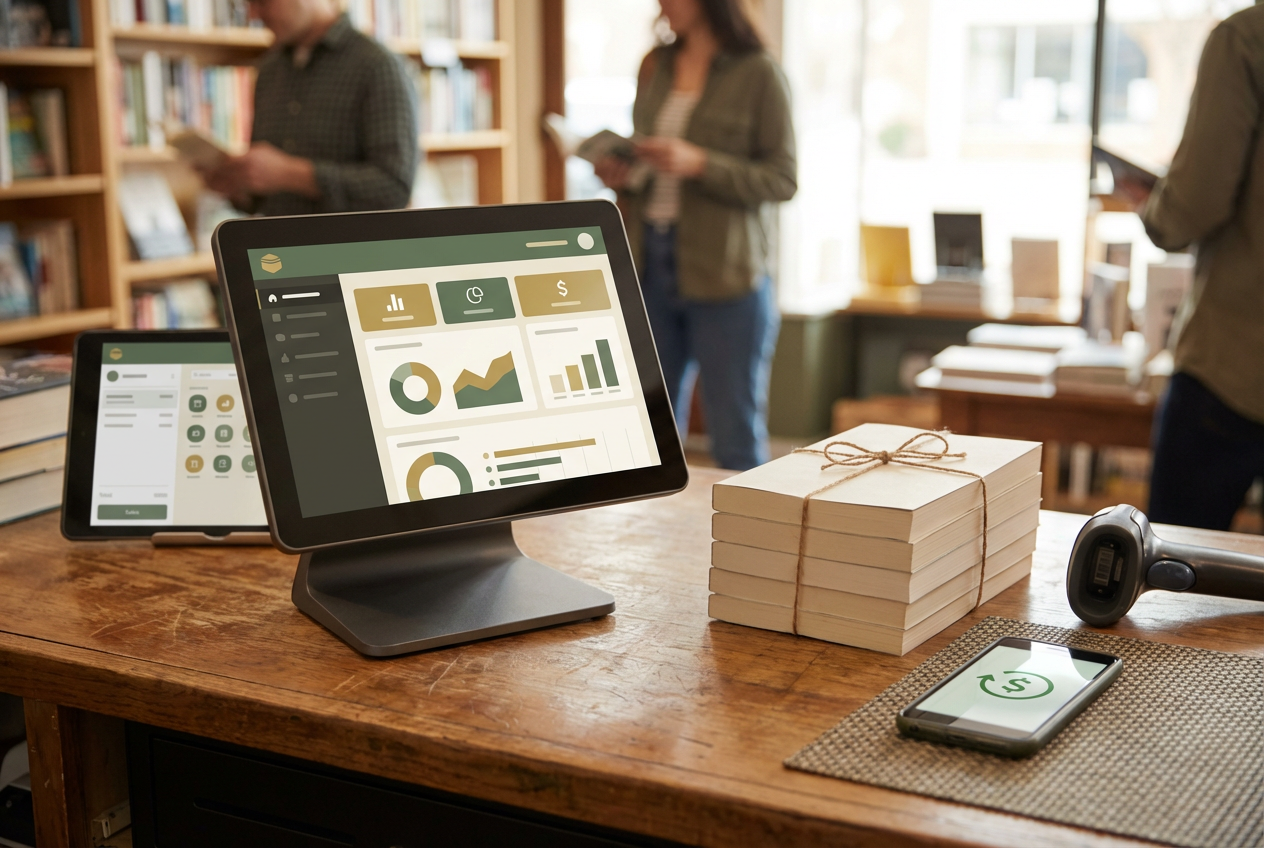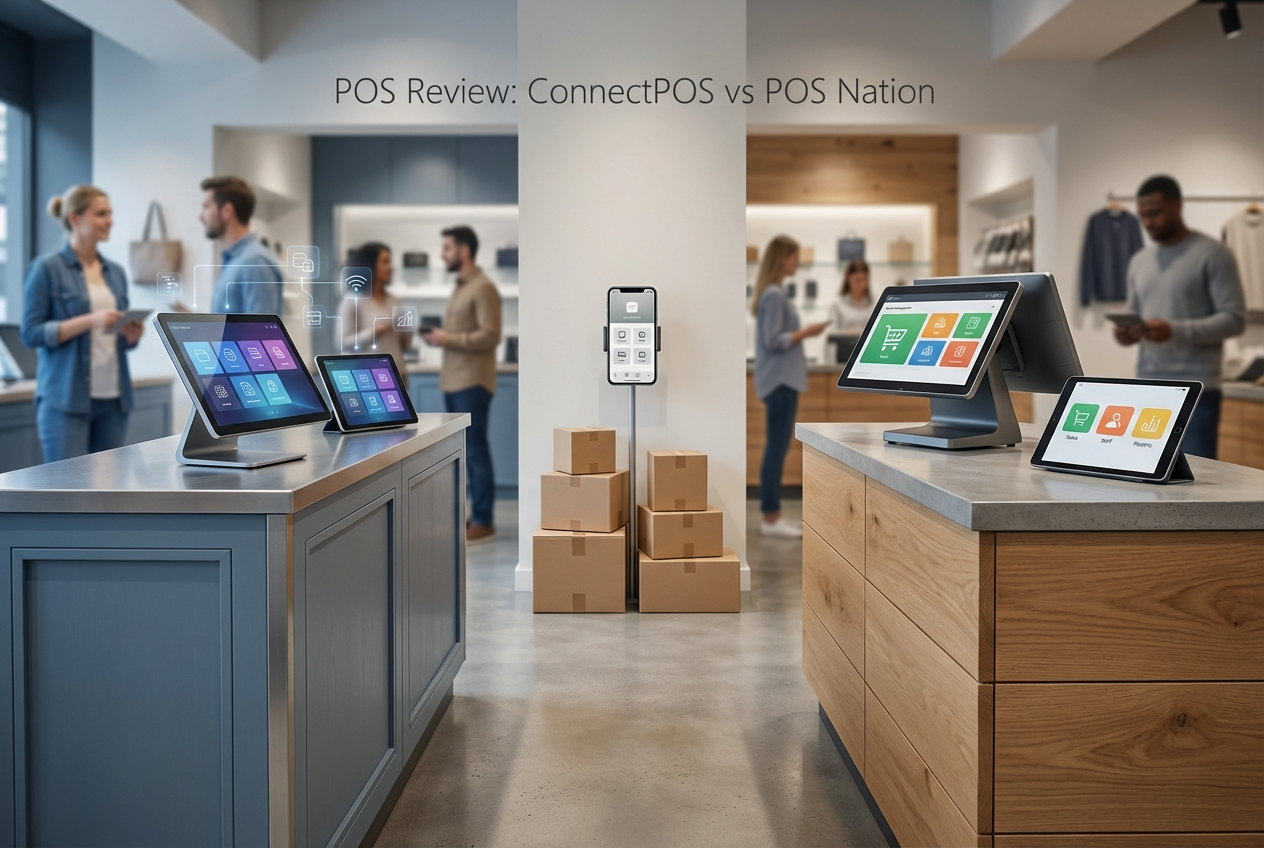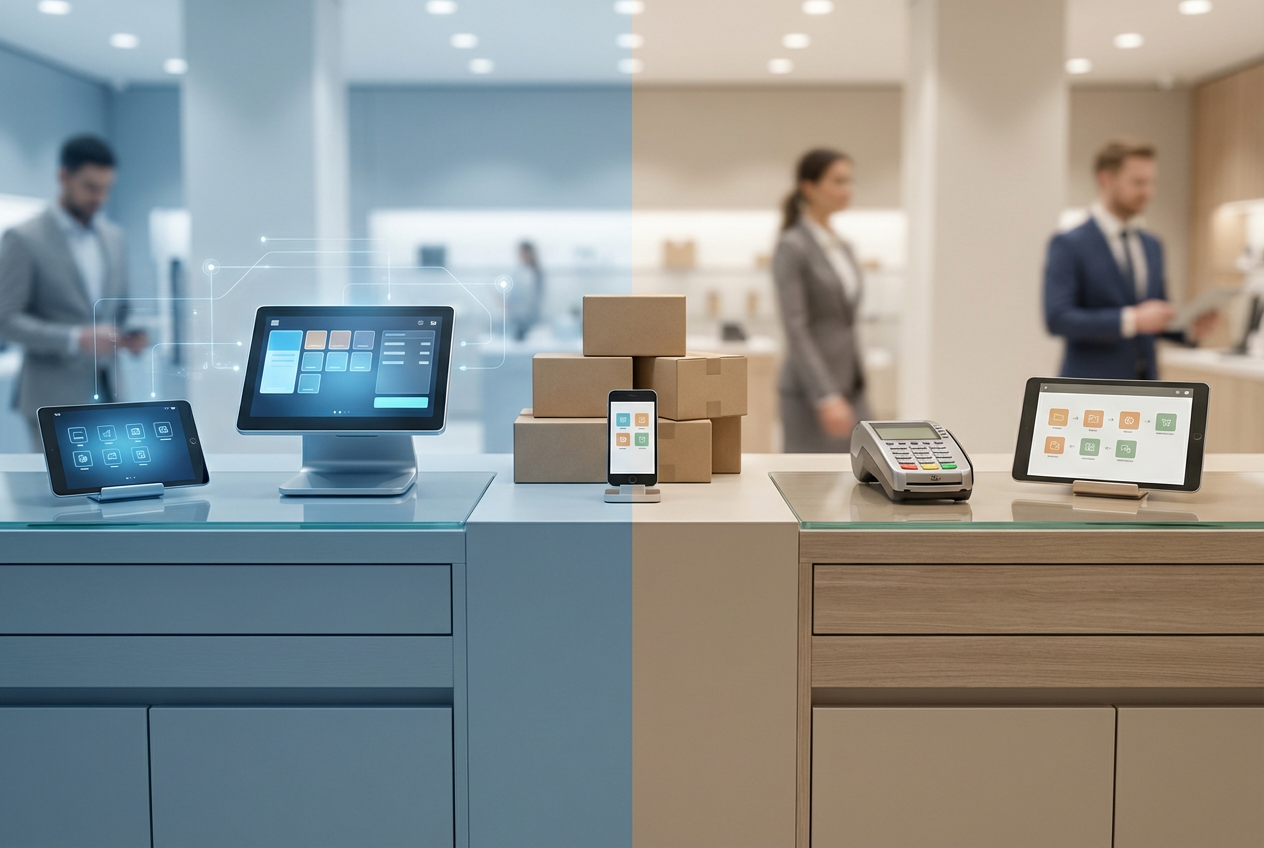What Is a Register in an iPad POS Setup?
In an iPad-based POS system, the register refers to the iPad itself, or the specific device, used to process sales and run the POS software.
Each register is a self-contained station that is set up with all the necessary apps, settings, and hardware connections to handle transactions, print receipts, and track sales activity. While a physical cash drawer may be attached to it, the register itself is the central device where the sales process takes place. Setting up a new register is a key part of deploying a new POS system or expanding operations to a new location.
Setting Up a Register
The typical workflow includes:
- Download the POS App: The first step is to download the POS provider’s application from the Apple App Store onto the iPad.
- Sign In or Create an Account: A manager or business owner signs in using their business credentials. This links the device to the central business account and its data.
- Configure Store Info: The register is configured with store-specific information, such as the business’s location, operating hours, and local tax settings.
- Add Products: The system automatically syncs the product catalog, including all item prices, descriptions, and inventory levels, to the device.
- Connect Hardware: The register is paired with its peripheral hardware. This includes connecting receipt printers, barcode scanners, cash drawers, and integrated card readers, typically via Wi-Fi, Bluetooth, or a network hub.
- Create Staff Profiles: The POS system then allows for the creation and assignment of staff profiles, with specific roles and permissions for the employees who will be using that register.
- Test System: Run trial transactions to check connectivity and performance
Why It Matters
The concept of a “register” is vital for several aspects of a business’s operations and analytics:
Independent Tracking: Each register tracks its sales and cash movements separately. This is crucial for accurate shift reporting and for identifying which station handled which transactions, which is essential for accountability.
Operational Flexibility: A business can assign registers to different zones or give them specific uses. For example, a restaurant might have “Bar Register,” “Main Counter,” and “Patio Register.” This allows for more targeted reporting and streamlined workflows.
Performance Insights: Register-specific data provides valuable insights into performance trends. A manager can use this information to see which stations are the busiest, which ones may have a higher rate of errors, or where to allocate staff more effectively.
Security and Control: Each register can be configured with its own permissions and security settings. For example, a “Pop-Up Cart” register might be set up to process only sales, while a “Main Counter” register has full functionality.
Most POS platforms allow you to manage multiple registers from one central dashboard. This centralized control makes it easier to scale a business or to operate across multiple locations. If a register is ever lost or needs to be replaced, it can be easily disabled, reassigned, or wiped remotely through the POS admin settings. The register is the central device that powers a business’s daily operations.
« Back to Glossary Index

